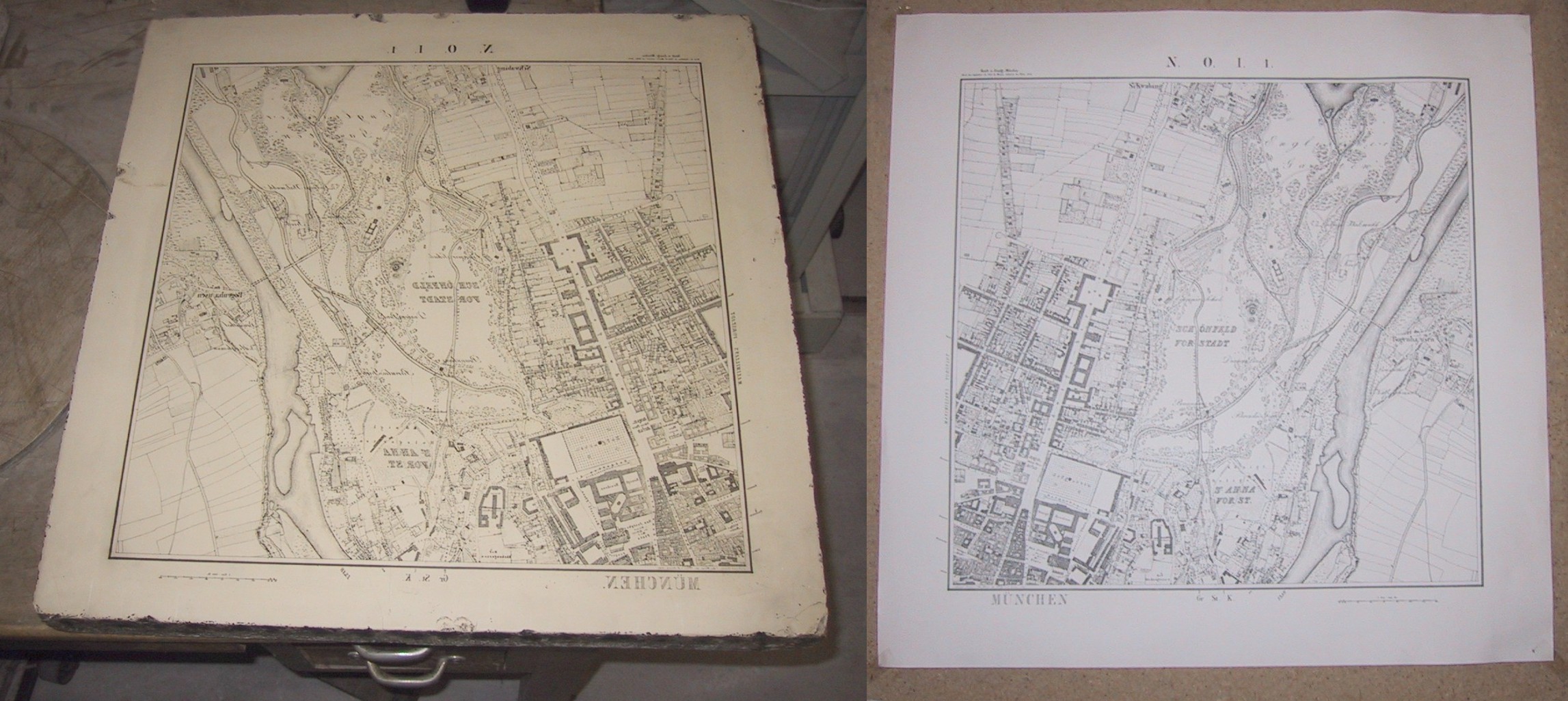|
Elles (series)
''Elles'' (''Them'') is a 1896 series of color lithographs created by French artist Henri de Toulouse-Lautrec. They are part of his series of works based on scenes from French brothels he was known to visit from 1892 to 1895. ''Elles'' was first published by Gustave Pellet and exhibited in Paris at the 20th ''Salon des Cent'' on April 22, 1896. The show attracted little initial attention and sold poorly, as it portrayed a sympathetic depiction of prostitutes undergoing their everyday routine devoid of eroticism. Artist Edvard Munch was known to have bought an entire set of lithographs.Frey, Julia (1994). ''Toulouse-Lautrec: A Life''. New York: Viking. pp. 341-346; 417-418. . . Background In the mid-1890s, French artist Henri de Toulouse-Lautrec (1864–1901) frequented brothels on the rue d'Amboise and the rue des Moulins. He often took friends or relatives along with him to socialize in the brothels. He was open about his predilection for prostitutes, feeling more at home among ... [...More Info...] [...Related Items...] OR: [Wikipedia] [Google] [Baidu] |
Lithograph
Lithography () is a planographic method of printing originally based on the miscibility, immiscibility of oil and water. The printing is from a stone (lithographic limestone) or a metal plate with a smooth surface. It was invented in 1796 by the German author and actor Alois Senefelder and was initially used mostly for sheet music, musical scores and maps.Meggs, Philip B. ''A History of Graphic Design''. (1998) John Wiley & Sons, Inc. p 146, .Carter, Rob, Ben Day, Philip Meggs. ''Typographic Design: Form and Communication'', Third Edition. (2002) John Wiley & Sons, Inc. p. 11. Lithography can be used to print text or images onto paper or other suitable material. A lithograph is something printed by lithography, but this term is only used for printmaking, fine art prints and some other, mostly older, types of printed matter, not for those made by modern commercial lithography. Traditionally, the image to be printed was drawn with a greasy substance, such as oil, fat, or wax on ... [...More Info...] [...Related Items...] OR: [Wikipedia] [Google] [Baidu] |
